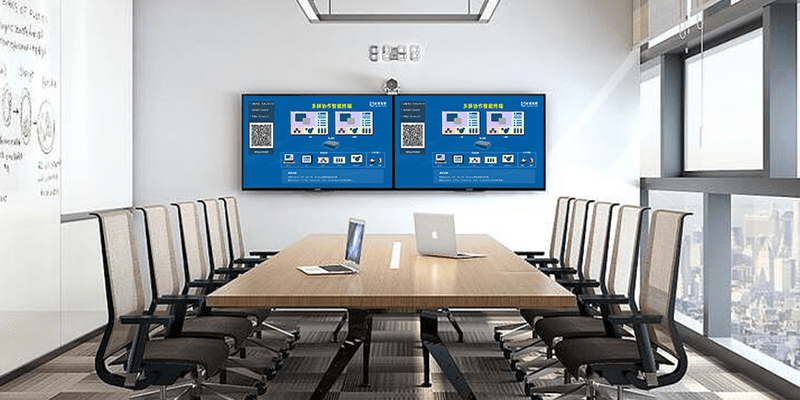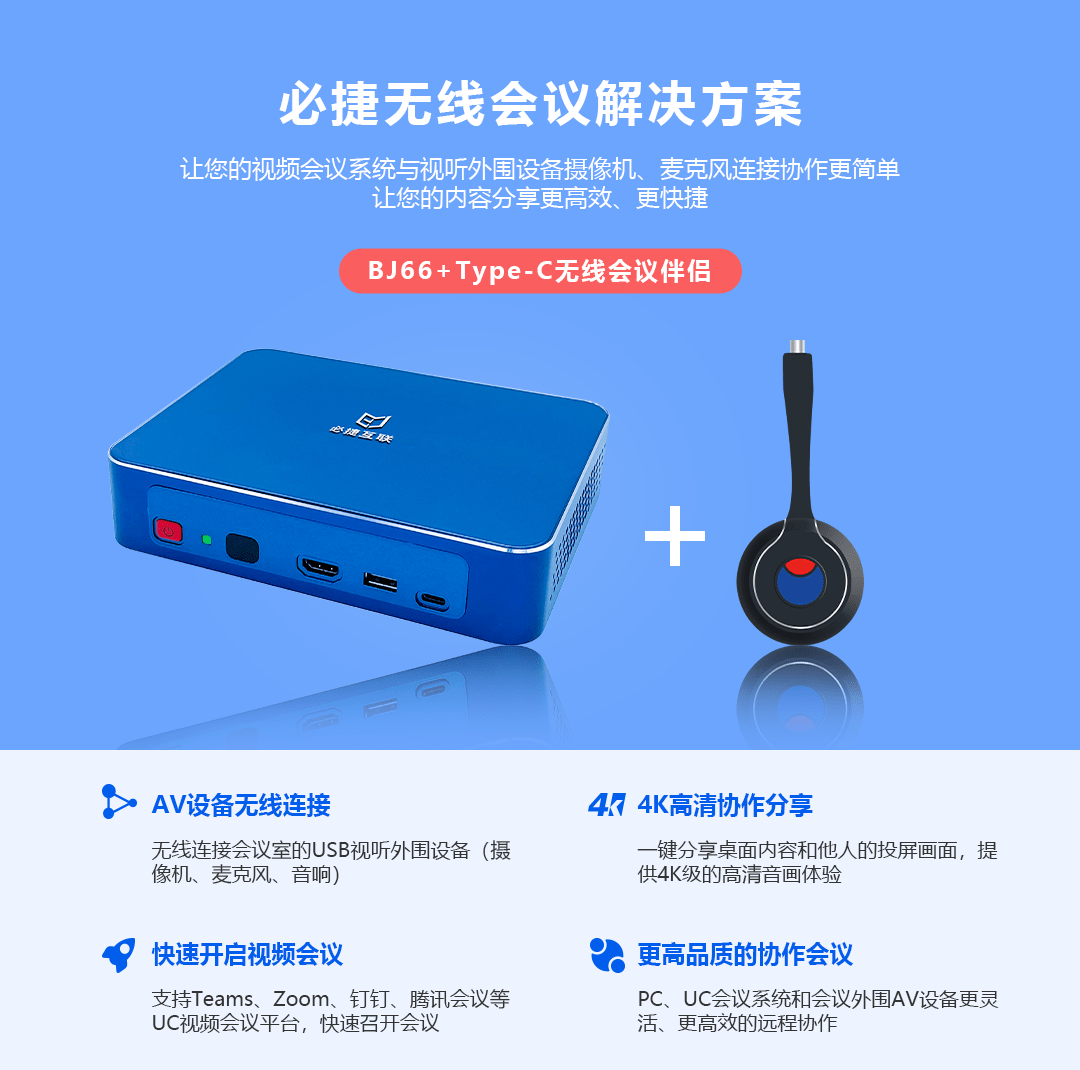Can laptops project screens to each other? How to operate?
All laptops, whether VGA or HDMI interfaces, are output interfaces and cannot be used for signal input. However, laptops, mobile phones, and tablets are all classified as intelligent systems, and require the installation of receiver software, combined with our device’s wireless screen mirroring, to achieve Windows computer mutual mirroring.

Specific operations for using the Bijie screen box:
1. First: Two laptops, one to download and install a PC client, and the other to connect to a wireless conference box. The wireless projection box is plugged in with an internet cable and connected to a router. The purpose of this step is to make the devices on the same local area network;
2. The USB button adopts point-to-point screen projection, and the receiver box is directly connected to the display screen. Then, press the USB button once. However, your monitor is also a laptop. As mentioned before, laptops cannot be connected to the receiver through HDMI cables. If your monitor is a single unit computer, TV, etc., then of course, the USB button mode can be used;

Scenario mode: A U-shaped meeting room for 10 people, with a large screen and each participant holding a tablet. The presenter can present in front of the large screen or give a speech on their own tablet, while the rest of the attendees can either look up at the screen or stare at the tablet in their hands.
In this mode scenario mode, the transmitter is downloaded and installed on each tablet, and it is located on the same local area network as the wireless projection box, which is connected to a large screen. No matter who is the demonstrator, they can project the content on the tablet onto the large screen and also broadcast it to other people’s tablets through AP.
Then we first double-click on the client on the receiving computer and send a connection request to the wireless screen projection box, so as to achieve wireless screen projection from the sending laptop A to laptop B.